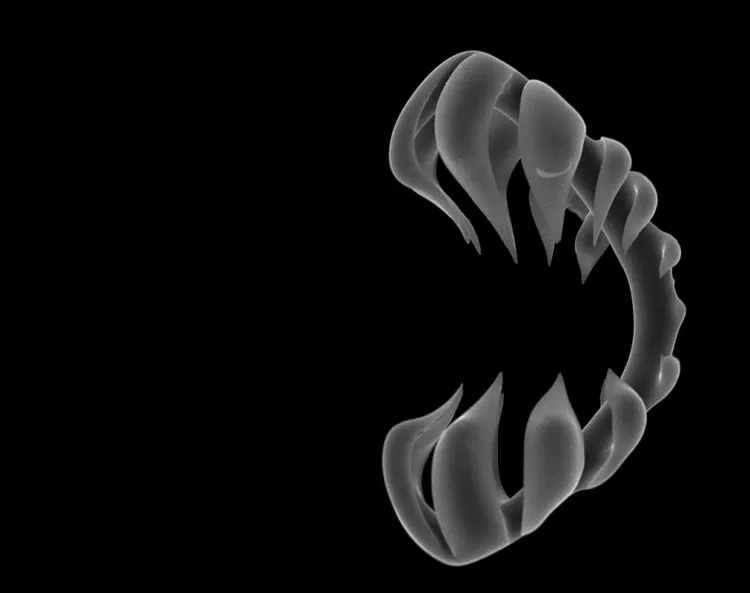New species of carnivorous sponges
New Zealand is a centre of biodiversity for marine sponges," NIWA's Dr Michelle Kelly said. "New Zealand is probably the most diverse region in the world for these carnivorous sponges and they are on isolated seamounts that could be at risk of dredging."
A visiting scientist, Professor Jean Vacelet from Centre d'Oceanologie de Marseille and Nicole Boury-Esnault made the first discovery of a carnivorous sponge only 16 years ago – in 1995 – in submarine caves in the Mediterranean Sea.
Since scientists started looking at biodiversity in this region, Dr Kelly has discovered about 37 species that she and Professor Vacelet think might also be carnivorous, "and there are probably plenty more out there!".
These three new and "astoundingly unique" species were found in the depths and darkness between 1000 and 2700 metres underwater.
Named after great white shark
The scientists named one of these Cladorhizidae finds Abyssocladia carcharias sp. nov. The species name carcharias means "sharply pointed", and the spicules resemble the jaws of the great white shark, Carcharodon carcharias. Abyssocladia carcharias was found 1071 metres underwater on Monowai Seamount in the Kermadec Volcanic Arc. The "jaws"-like spicules have "never been seen before, neither in living nor fossil sponges."
We search the seabed looking for new and interesting things. The first two carnivorous sponges have been found only in one location.
—Dr Michelle Kelly
- Log in to post comments
























